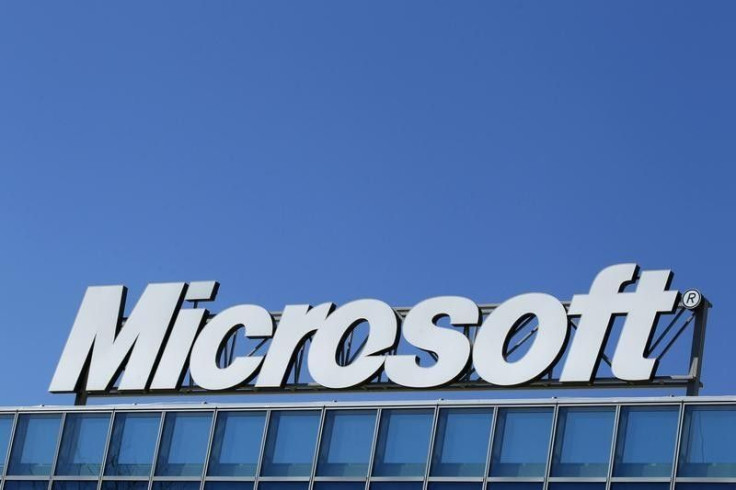Windows 10 Will Save Storage Space For User Data By Reducing Device Footprint In Smartphones, Tablets And Desktops

Microsoft Windows 10 will reportedly bring back the much-loved Start Menu, in addition to offering more desktop-friendly features. However, Windows 10 will also apparently include several killer improvements to the OS like saving storage space for user date. Notably, Microsoft has listed down some in-depth details about the subtle-yet-helpful improvements to the Windows 10.
Going by the Microsoft Windows blog post, the tech giant says the current preview builds of the new Windows 10 feature several helpful space-saving techniques. With the help of the “system file compression” technique, Microsoft has apparently saved roughly 1.5 GB of storage space on 32-bit systems and a whopping 2.6 GB of space on 64-bit machines. Adding a cherry on top, the aforesaid file compression and in turn, space savings also apply to various smartphones that run on the Windows 10 OS (in future) as well.
Furthermore, the Refresh and Reset functionalities that are used to restore the device back to original state in Windows 10 will apparently not use separate recovery image, preinstalled by device makers. This killer move will reportedly save storage space between an impressive 4 GB and 12 GB, which is apparently the image size. However, the exact storage space savings depend on the desktop brand and model. In any case, a total of roughly 15 GB of storage savings is a possibility in some machines, notes The Verge.
But then, apparently, smartphones will not be able to gain from this move as they use a different recovery solution dubbed storage-optimised recovery. However, tablets, phablets, laptops and PCs running on Windows 10 will reportedly be benefited from this change.
[Read More: Microsoft Surface Pro 3 vs. Apple MacBook 2015]
In hindsight, The Verge says, Microsoft has been using the compression technique in Windows for quite sometime now. However, the company has recently discovered a way to compress system files without burdening and in turn, affecting the responsiveness of the Windows 10 OS. Technically speaking, Microsoft apparently checks the amount of RAM configuration in a given system and also takes into account the processor capability to decompress files, prior to using its compression technique on the system files. This is reason enough to say that, the existing Windows devices will also gain the aforesaid advantages by upgrading to Windows 10 upon release. And lastly, the Windows 10 release date is scheduled for late 2015.
To report problems or to leave feedback about this article, e-mail: p.rathinavel@ibtimes.com.au.





















